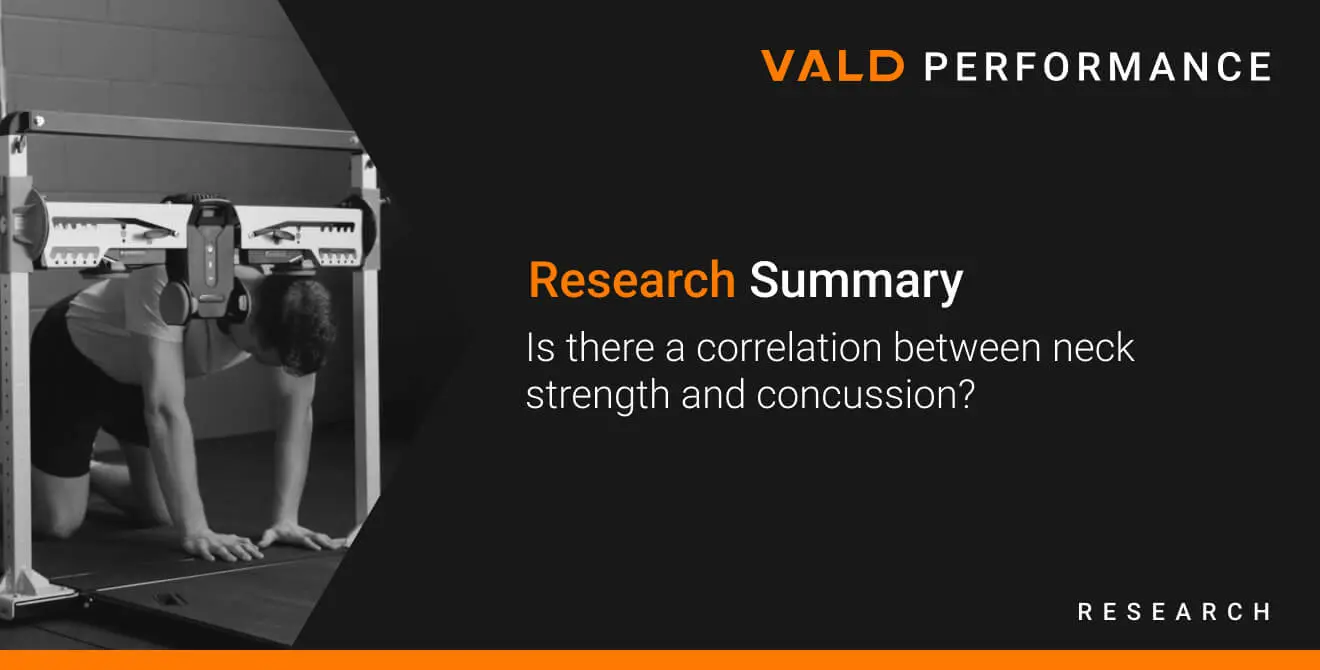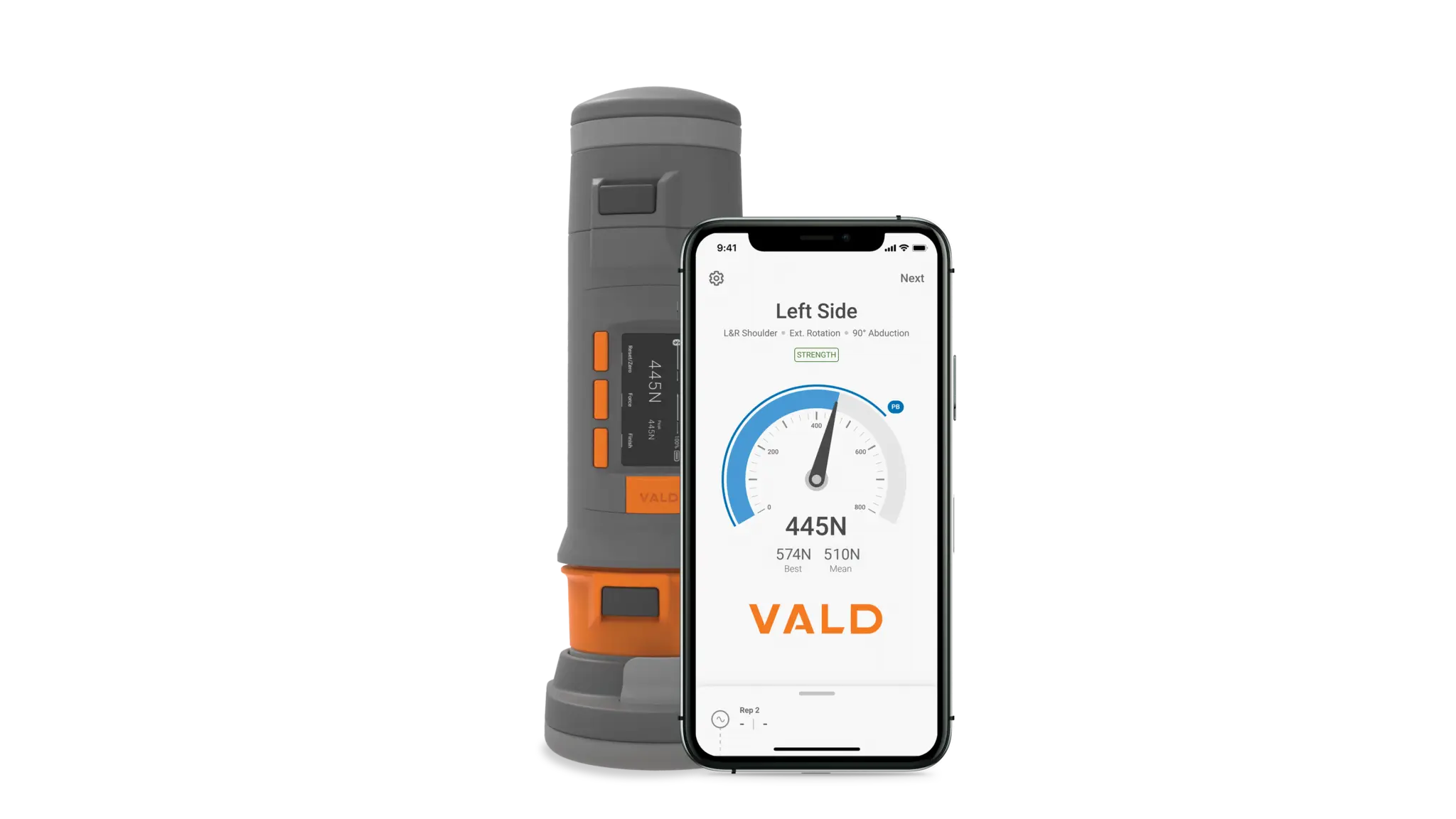RESEARCH SUMMARY: Is there a correlation between neck strength and concussion?
Available in:
EN
Original research title: ‘Poor isometric neck extension strength as a risk factor for concussion in male professional Rugby Union players’ (Farley et al., 2022)
Authors: Farley T, Barry E, Sylvester R, De Medici A, and Wilson MG.
Year: 2022
Purpose of this study
Contact sports such as Rugby Union endure a high prevalence of concussion, resulting in long injury lay-offs and prolonged periods on the sideline for impacted players. Repeated concussions in early adulthood can also cause chronic health conditions later in life, placing a heavy burden on the healthcare system and potentially reducing an individual’s quality of life. With the effects of severe concussion presenting both a high personal and financial cost to professional rugby teams, a recent British study led by physiotherapist and clinical researcher Theo Farley found that “higher neck extension strength is associated with lower concussion rates in male rugby players”. The study, entitled “Poor isometric neck extension strength as a risk factor for concussion in male professional Rugby Union players,” concluded that “neck strength is a modifiable intrinsic risk factor for concussion and may be an important component of a strength and conditioning regime”.
How was this study conducted?
During the 2018-19 professional rugby season in the United Kingdom, 225 players were assessed for neck strength at three specific points throughout the campaign. Researchers used a handheld dynamometer to measure isometric contraction, with the goal of “assessing whether neck strength is significantly associated with concussion incidence in professional male rugby players”. The researchers used the handheld dynamometer to assess participants’ maximum force generated in six specific directions: flexion, extension, right and left-side flexion, and right and left rotation. Before starting the test, participants warmed up by performing five-second isometric contractions in each direction at 50 per cent of their perceived maximum effort. This was followed by three seconds of isometric contractions, at maximum effort in each direction, to complete a round. The exercise was repeated across three rounds, from which the average maximum force was captured for statistical comparisons. Associations between concussion rate and neck strength were determined using incidence rate ratios and 95 per cent confidence intervals from standard linear regression.
What did this study find?
The study found that 30 concussions occurred in 29 players during the study period, at a rate of 13.7 concussions per 1,000 hours played. Greater neck strength was reported at the midway point and end of the season, compared to pre-season measurements, across the study group. According to the researchers, there was a significant association between neck extension strength and reduced rates of concussion. The study found that a 10 per cent increase in neck extension was associated with a 13 per cent reduction in concussion rate. While neck extension metrics cannot be used to predict the risk of injury, the study highlights that identifying modifiable risk factors for concussion does play an important role in informing the design of targeted risk-mitigation strategies in contact sports such as rugby. Although the results of the study should be interpreted with caution, by having larger neck muscles and higher isometric strength, players could potentially reduce the level of concussion by lessening the resultant acceleration caused by head impacts.Read the full paper here.
How can VALD help?
VALD recently launched a handheld dynamometer and inclinometer named DynaMo that allows practitioners to perform 300 strength and range of motion tests. With neck extension strength an important performance measurement in Rugby Union and similar contact sports, DynaMo gives practitioners the ability to reliably measure neck isometric strength in all directions of movement and visualise the results in real time. Once the initial set-up is complete, the DynaMo app automatically saves data against an athlete’s profile, meaning there’s no need to take notes manually, while the objective data captured is stored securely for longitudinal reporting.

VALD’s ForceFrame is also a highly reliable tool for measuring neck isometric strength across multiple time points and is an ideal system for practitioners interested in other strength and range of motion metrics.
For more information on DynaMo and the range of tests it performs, visit: valdperformance.com/dynamo or contact us by simply clicking the button below.
